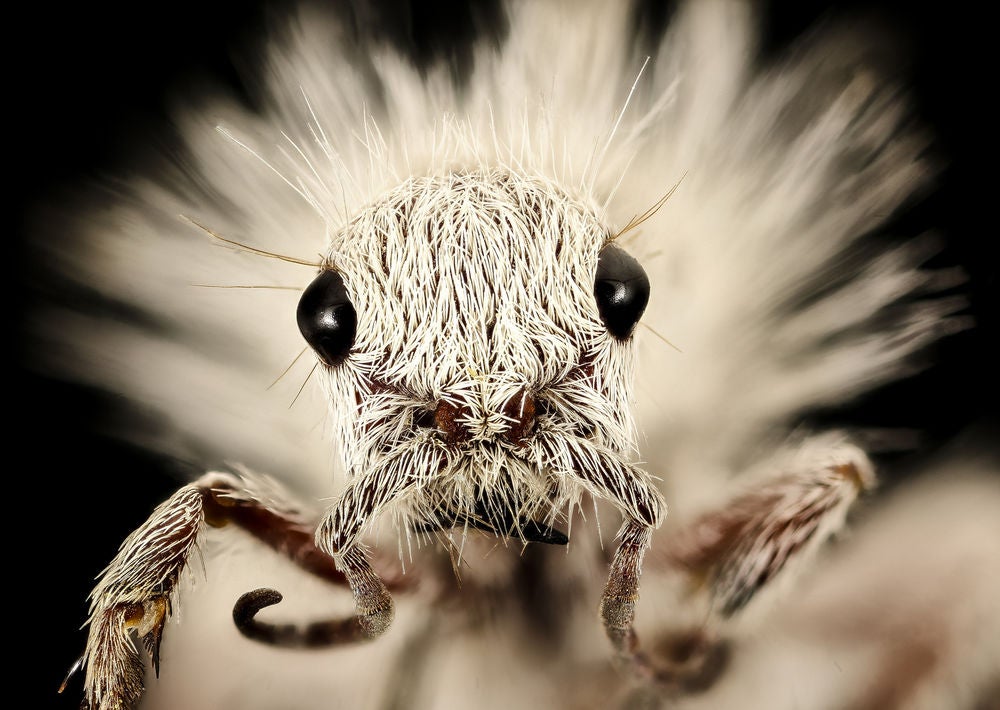An alien’s view of the galaxy, a space hamburger, and other amazing images of the week
Newsworthy eye candy


Hello, world
Ever wonder what it’d be like to approach the Milky Way as a stranger from outer space? This new GIF from NASA offers some semblance of an answer. The two galaxies pictured here, NGC 4320 and 4298, are about 55 million light years away from us. But for all that distance, they have that same spiral shape that characterizes our own galactic neighborhood, which NASA describes as “arms of young stars that wind outward from its center” with “a central bulge… surrounded by a faint halo of stars.” Narrowing in on them, as the Hubble telescope has here, offers a sense of what it would be like to approach from afar the swirling matter we call home.

An insect rainbow
In case you missed it, last week we compiled a list of the world’s most weird and wonderful bugs in all their technicolor glory. This mustachioed dude goes by the moniker “Thistledown Velvet Ant,” but he’s actually a wasp with a painful sting. He’s one of nine tiny terrors in our rainbow roundup.

Earlier this week, PopSci’s own Sarah Fecht wrote about how a warp in space-time created this amazing image of an exploding star. As a galaxy (in the middle, in blue) passed in front of the supernova, it split the explosion’s light into four separate images—and magnified the intensity of the supernova’s light 52 times. This image, which is part of a study published in Science, might allow us to measure how quickly the universe is expanding.

Between the rings
Boy, has NASA had a banner week for space photography. This image, captured by the Cassini spacecraft, shows the tiny twinkle of Earth as seen between Saturn’s rings. Though it’s too itty bitty to tell from this image (taken 870 million miles from Earth), NASA says we’re looking at is the Atlantic Ocean at 1:41 a.m. Eastern time on Thursday, April 13. I was on the ground then, blind to Cassini’s cosmic circling, and probably dreaming of lowly Earthen sheep. But after seeing this image, I think we’ll all be dreaming of uncrewed spacecrafts from here on out.

A cosmic sandwich
This week, Popular Science also explored new insights into this delightful (though not particularly appetizing) space hamburger. But where’s the beef? Well, there isn’t any. The patty in this illustration is actually a very young solar system in the midst of development. The cosmic sandwich is helping scientists learn more about how stars and planets form across the universe.